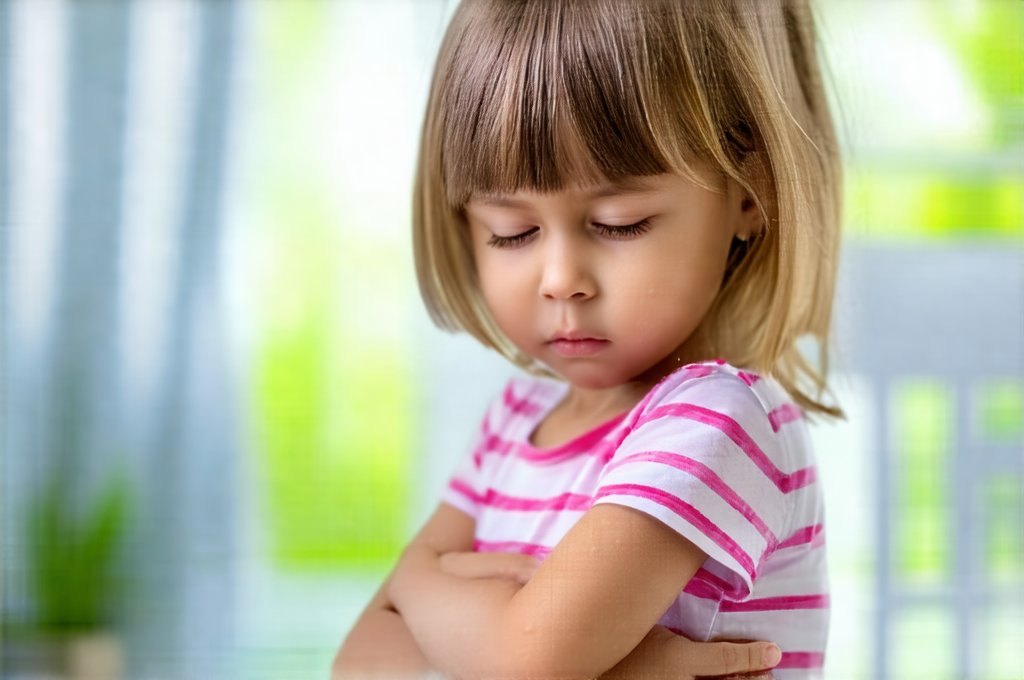Bladder pain in children and teenagers can be incredibly distressing, not just for the young person experiencing it but also for their families. It’s often overlooked as “growing pains” or dismissed as a simple urinary tract infection (UTI), leading to delays in diagnosis and appropriate support. However, chronic bladder pain – sometimes referred to as Pediatric Chronic Constrained Pelvic Pain (PCCPP) – is a real condition that can significantly impact a child’s quality of life, affecting their school attendance, social activities, and overall well-being. Understanding the potential causes, recognizing the symptoms, and knowing how to offer effective support are crucial steps in helping these young people navigate this challenging experience.
This isn’t always an easy journey. Unlike adult chronic pain conditions, pediatric bladder pain often presents differently, making it harder to identify. Symptoms can be vague or intermittent, and children may struggle to articulate what they’re feeling. Furthermore, the emotional toll on a child experiencing persistent pain shouldn’t be underestimated; anxiety, frustration, and even depression can develop if their discomfort isn’t taken seriously. This article aims to provide a comprehensive guide for parents, caregivers, and anyone supporting a child or teen with bladder pain, offering practical advice and resources to help them cope and thrive.
Understanding Bladder Pain in Children & Teens
Bladder pain is not just about the sensation of needing to urinate frequently; it’s far more complex than that. It can manifest in various ways, depending on the underlying cause and the child’s individual experience. While a simple UTI is relatively easy to diagnose and treat with antibiotics, chronic bladder pain often involves a combination of physical, neurological, and psychological factors. Some potential causes include inflammation or irritation within the bladder itself, nerve sensitivities, muscle dysfunction in the pelvic floor, or even functional issues related to how the brain processes pain signals. It’s important to remember that, in many cases, the exact cause remains unknown, which can be frustrating for everyone involved.
The symptoms of chronic bladder pain can vary widely. Some children might experience a constant ache or pressure in their lower abdomen, while others may have sharp, stabbing pains. Frequent urination, urgency (a sudden, strong need to urinate), and nighttime wetting (enuresis) are common complaints. Pain may be triggered by certain foods or drinks, physical activity, or even emotional stress. In teenagers, bladder pain can sometimes be confused with menstrual cramps or other gynecological issues, further complicating diagnosis. Recognizing these symptoms is the first step toward seeking appropriate medical evaluation and support. If you’re unsure whether it’s a simple UTI or something more complex, understanding how to tell can be helpful.
It’s vital to approach this situation with empathy and understanding. Children often feel scared, embarrassed, or ashamed of their condition, especially if it impacts their ability to participate in everyday activities. Avoid minimizing their pain or telling them “it’s all in your head.” Instead, listen attentively, validate their feelings, and reassure them that you’re there to help them find solutions.
Supporting Your Child: A Holistic Approach
Supporting a child with bladder pain requires a holistic approach that addresses not only the physical symptoms but also the emotional and psychological aspects of their experience. This involves working closely with a healthcare team, creating a supportive home environment, and empowering your child to take an active role in managing their condition. A multidisciplinary team might include a pediatrician, urologist, pediatric pain specialist, pelvic floor therapist, psychologist or counselor, and potentially a dietitian.
Open communication is key. Encourage your child to talk about how they’re feeling, both physically and emotionally. Help them identify triggers that worsen their symptoms and strategies for coping with pain. Collaboration with school officials is also important to ensure your child receives appropriate accommodations, such as extra bathroom breaks or modifications to physical education activities. Beyond medical interventions, lifestyle adjustments can play a significant role in managing bladder pain. This might include dietary changes (reducing caffeine, citrus fruits, and artificial sweeteners), regular exercise (within their tolerance level), stress management techniques (yoga, mindfulness, deep breathing exercises), and adequate sleep. Learning how to support the bladder naturally every day can also be a beneficial long-term strategy.
Remember that self-care is equally important for parents and caregivers. Supporting a child with chronic pain can be emotionally draining, so it’s essential to prioritize your own well-being. Seek support from friends, family, or a therapist if needed.
Navigating Medical Evaluations & Treatment Options
The diagnostic process for bladder pain can sometimes be lengthy and involve multiple tests. These may include urine analysis, urine culture (to rule out infection), ultrasound, cystoscopy (a procedure to examine the inside of the bladder), and urodynamic studies (tests that assess bladder function). It’s important to advocate for your child and ask questions about each test to understand its purpose and what to expect. Be prepared to seek a second opinion if you feel concerns are not being adequately addressed.
Treatment options vary depending on the underlying cause of the pain, but may include:
– Medications: Pain relievers (over-the-counter or prescription), anti-inflammatory drugs, or medications to relax bladder muscles. Always follow your doctor’s instructions carefully.
– Pelvic Floor Therapy: Exercises and techniques to strengthen pelvic floor muscles and improve bladder control.
– Bladder Training: Techniques to gradually increase the amount of urine the bladder can hold.
– Dietary Modifications: Avoiding foods and drinks that trigger symptoms.
– Psychological Support: Counseling or therapy to help cope with pain, anxiety, and depression.
Building Resilience & Coping Strategies
Chronic pain can significantly impact a child’s self-esteem and social life. Helping them develop resilience and coping strategies is crucial for maintaining their emotional well-being. Encourage participation in activities they enjoy, even if it means modifying them to accommodate their limitations. Foster a sense of normalcy and avoid overprotecting them. Empower them to take control of their condition by involving them in decision-making processes related to their care.
Teach your child healthy coping mechanisms for managing pain, such as deep breathing exercises, progressive muscle relaxation, or mindfulness meditation. Encourage them to express their feelings through creative outlets like writing, art, or music. Connecting with others who have similar experiences can also be incredibly helpful. Support groups and online forums provide a safe space for children and teens to share their stories and learn from one another.
Advocating For Your Child at School & Beyond
Navigating school and social activities can be particularly challenging for a child with bladder pain. Work closely with teachers, counselors, and administrators to develop an individualized education plan that addresses your child’s needs. This may include accommodations such as extra bathroom breaks, preferential seating near the restroom, or modifications to physical education requirements. Educate others about your child’s condition to promote understanding and empathy.
Encourage your child to advocate for themselves whenever possible. Teach them how to explain their symptoms clearly and confidently to teachers, friends, and healthcare professionals. Remind them that it’s okay to ask for help when they need it. And most importantly, let them know that you believe in them and support them unconditionally. Understanding how to recognize a UTI without burning or pain can also help differentiate symptoms.
It is important to remember that navigating bladder pain requires patience, persistence, and a collaborative approach. By understanding the condition, providing compassionate support, and working closely with a healthcare team, you can help your child or teen manage their symptoms, build resilience, and live a full and meaningful life. If treatment involved antibiotics, learning how to support the bladder after antibiotics is also crucial for recovery.





















